In Search of the Peachland 《後桃花源記》: Art Exchange Project between Kam Tin (Hong Kong) and Busan(Korea) 錦田 - 釜山 藝術交流計劃
《後桃花源記》| “In Search of the Peachland”
錦田 ﹣ 釜山 藝術交流計劃 | Art Exchange Project between Kam Tin (Hong Kong) and Busan(Korea)
https://www.facebook.com/events/693198577456435/
中韓文化交流,有著長遠歷史。陶淵明的《桃花源記》相傳是十三世紀前被引入韓國, 朝鮮著名畫家:安堅也畫過桃源景致。 彼此的文人雅士,在追尋理想國度方面,不無相互影響。《後桃花源記》是一個涉及許多不同層次的交流計劃。藝術家以開放的思考方式, 把在地的素材轉化成可見的理想載體。
Cultural exchange between China and Korea had a long history, consisting of many inter-relationships when it comes to the search for an ideal state. The Chinese classic “The Peach Colony” by Tao Yuanming was brought to Korea before 13th century, and was the subject matter of a masterpiece by a famous Korean artist in 1447. ‘In Search of the Peachland’ is an art exchange project involving many different layers of idea exchanges with the transformation of various materials to be containers for the peach-land.
計劃詳情 Program Details
主辦及策劃: C & G藝術單位
Presented by: C & G Artpartment
合辦/Co-organizer: Openspace Bae(韓國/Korea)
合作夥伴: 嶺南大學 視覺研究系、擔泥
Partners: Department of Visual Studies of Lingnan University, MUDwork
參與藝術家/Participating Artists:
香港/HK: 陳素珊、張景威、鍾惠恩、勞麗麗、吳家俊、鄧國騫/
CHAN So Shan(Sushan), CHEUNG King Wai(Reds), CHUNG Wai Ian, LO Lai Lai(Natalie), NG Ka Chun(Hei), TANG Kwok Hin
韓國/Korea:金大洪、金美英/ KIM Dae Hong, KIM Mi Young
藝術評論/Writer Respondent:劉建華 Jaspar Lau
參與學生:嶺南大學 視覺研究系/Participating Students from Lingnan University:
朱穎楠、何舒婷、劉慧兒、李朗儀、梁金仲、萬綺麗、吳鎮杰、吳莉莉、吳詠心、冼秀眉、司徒玉婷、余仲晞/ CHU Wing Nam Nancy, HO Shu Ting, LAU Wai Yi, LEE Long Yi, LEUNG Kam Chung, MAN Yee Lai, NG Chun Kit, NG Lee Lee, NG Wing Sum, SIN Sau Mei, SZETO Yuk Ting, YU Chung Hei
現場導賞/On-Site Guided Tours:
21/3(SAT) & 22/3/2015(SUN),1:00 - 5:00pm
地點1:香港 新界 元朗 八鄉 錦上路 謝屋村生活館
地點2:香港 新界 錦田 錦田公路 永隆圍閘口
Location 1: Sangwoodgoon, Tse Uk Tsuen, Kam Sheung Road, Yuen Long, N.T.,Hong Kong
Location 2: Main Entrance, Wing Lung Wai, Kam Tin Road, Kam Tin, N.T, Hong Kong
文獻展覽開幕時間/ Documentation Exhibit Opening:
28/3/2015(SAT),6:30pm
藝術家講座/Artists Talk: 28/3/2015(SAT),7:00 - 8:00pm
展覽日期/Exhibition Period: 29/3/2015(SUN) 至 27/4/2015(MON)
展覽時間/Exhibition Time: 星期四至一/THUR - MON --2:00-7:30pm,
(星期二、三及公眾假期休息/Closed on TUE, WED & Public Holidays)
展覽地點/Exhibit Veune: 九龍 太子 西洋菜南街222號 三字樓 C&G 藝術單位
C&G Artpartment, 3/F, 222 Sai Yeung Choi Street South, Prince Edward, KLN
參與學生文獻展覽/ Documentation Exhibit by Participating Students:
展覽日期/Exhibition Period:20/4/2015(MON) - 25/9/2015(FRI)
展覽地點/Exhibit Veune: 嶺南大學 視覺研究系 藝術牆 /Art Wall at Visual Studies Department of Lingnan University
(香港屯門虎地青山公路8號/ 8 Castle Peak Road, Fu Tei, Tuen Mun, NT. HK.)
查詢Enquiry: M: 852-23909332 E: info@CandG-Artpartment.com
https://www.facebook.com/MUDwork
資助:香港藝術發展局 Supported by: Hong Kong Arts Development Council
鳴謝Acknowledgement:
釜山的友好及團體Organizations and friends in Busan:
Busan Museum of Art, ‘B’ Art Collective , Hong Ti Art Center, Art Students from the Art Department of Pusan National University
HyeLin, KunWoo, KIM Won Jung, KIM Soonim
生活館 Sangwoodgoon
永隆圍 Wing Lung Wai
蘇慧怡 Zoie So
﹣計劃序言 Project Introduciton (Please roll down for English)
陶淵明於東晉公元419年創作《桃花源記》,寫出他的理想國度,同時也暗諷當時政權的腐敗。桃花源的故事,自此流傳萬世。它曾是香港中學課程的必讀文章,也是不少華人食肆和按摩店喜用的名稱。在韓國,於朝鮮王朝時期,也有著名畫家:安堅,畫過桃源景致。1447年(中國明朝期間),朝鮮王子安平大君做了個夢:夢見自己與友人走進山谷,見到桃花園林,繼而沿著樹林小徑步行,穿越山洞,喜見世外桃源,因而記起陶潛詩作。一覺醒來,安平大君隨即邀請朝廷畫家安堅替他繪出夢境,成就了韓國藝術史上一幅舉足輕重的水墨畫作:《夢游桃花源圖卷》。中韓文化交流,有著長遠歷史。彼此的文人雅士,在追尋理想國度方面,也不無相互影響。
桃源景致每每予人出世的印象,充斥著道家思想,與朝廷為鞏固政權而斷章取義的儒學文化,背道而馳。余秋雨先生在《文化苦旅》的《白蓮洞》中,對於那個通往桃花源的洞口,曾有一番引人入勝的描寫: 「這個武陵人終於來到一個理想國。從此,哪一個中國人的心底,都埋下了一個桃花源。 桃花源,是對惡濁亂世的一個挑戰。這個挑戰十分平靜,默默地對峙著,一聲不吭。待到實在耐不住的時候,中國人又開掘出一個水簾洞。這個洞口非同小可,大鬧天宮的力量正在這兒孕育。 桃花源和水簾洞,氣氛不同,性質相仿,都是群眾意志的會聚。桃花源中人惘然於時間,也惘然於空間,融洽怡和,不見個體衝撞。孫悟空有點個性,卻也只是某種整體意向的象徵,水簾洞裡的秩序,倒是寧謐無波。」
彷彿,中國人特別善於活在自行建構的 「平行時空」, 直至政權腐敗至極,以及客觀生存環境被扼殺到令人忍無可忍的時候,才會有點反動。
本藝術交流計劃:《後桃花源記》正有意借「桃源」去幫助解讀近年在新界錦田一帶漸漸凝聚起來的文化藝術社群,以及進一步開拓對文明的想像、進一步去追尋當代的「桃源」。所謂「後」,除了是《桃花源記》之後,也希望道出此文藝社群,並非純粹避世或烏托 。「耕田也是抗爭的一種方式。」是次參與藝術家之一勞麗麗曾說。在高度發展的香港,農耕是對盲目城市化的積極抗衡,而在距離邊境不遠的新界土地耕種,更是對「發展是硬道理」的殖民手段之一種徹底反抗。至於耕田是藝術,也早已是不容置疑。
除了在反高鐵運動後轉而務農的勞麗麗,參與是次計劃的其他藝術家並非從事農耕,卻也不約而同地在近年搬到錦田。在從事藝術創作之餘,他們在鄉郊生活中從新自我學習。例如,MUDwork的吳家俊和鍾惠恩曾分享到,錦田的社群令他們親身體驗鄰里互助精神的可貴,促使他們也希望能以一己所長貢獻社區,諸如修橋補路、建立旱厠等,而另一位善於繪畫的藝術家陳素珊則為八鄉社區報繪畫插圖。總之,各自發揮所長,共同建設。
不過,凡此種種,對於自小已在錦田圍村長大的藝術家鄧國騫來說,又有著不同的意義。大自然,於他並不陌生。而不同勢力,長年累月為土地財富而起的爭端,他也是歷歷在目。如何保存以及重新體現圍村的遠古文化傳統,重構本土文化身份,在此時此刻,更形迫切。
陶淵明的《桃花源記》相信最晚是十三世紀前被引入朝鮮。相對於十五世紀,在全球化的今天,各地的「平行時空」都更加緊扣。 時至今日,世界各地的99%互通訊息,並不困難,但要再加以連結、進而在追尋理想國度的路途上,能互相扶持,則需更多互相深入了解、深耕細作。
《後桃花源記》是一個涉及許多不同層次的交流計劃,當中包括來自韓國釜山和香港錦田的6個藝術單位 (5位藝術家和1個藝術組合)、12位來自嶺南大學視覺研究系的學生。他們在2015年2月底前往韓國釜山參觀當地不同的藝術機構、藝術空間和藝術院校,與當中一些藝術家、策劃人和藝術學生對談。在交流過程中,大家都不難發現香港和釜山,這兩個遠離國家首都的沿海城市,所面對因城市發展和重建而產生的問題,均十分相似。在3月份,兩位來自釜山的藝術家: 金大洪 和 金美英 也會進駐錦田。 各藝術家將與參與學生一起在錦田進行創作,並於3月21和22日,在地呈現,以及稍後以文獻方式在C&G藝術單位展示。
鄉郊生活、務農為生,並非一種時尚或潮流,而是對惡濁亂世的一個徹底挑戰。至於藝術家在箇中的參與,也並非帶著任何既定藝術形式介入,而是以開放的思考方式,真誠地投入生活,進而把在地的素材轉化成可見的理想載體。
The Chinese classic titled “The Peach Colony” (or translated as “Tale of the Peach-Blossom Spring” sometimes) by Tao Yuanming, in AD419 during Eastern Jin dynasty, described the paradise the poet longed for, while indirectly criticizing the corrupted government at the time. The story about this hidden peach-land was widespread throughout history ever since. This fable was once included in the syllabus of the Chinese subject in Hong Kong’s secondary school, and it certainly is not difficult to find restaurants or massage shops named after this in the Chinese communities around the world nowadays. In Korea, there also was a painting about this peach-land by a famous painter, Ahn Gyeon, during the Joseon era. In 1447 (during the Ming Dynasty in China), Prince Anpyeong had a wonderful dream, in which he walked with a friend into a valley with many peach trees in bloom. They kept walking along the small path in the wood. After passing through a cave, they saw the earthly paradise that reminded Prince Anpyeong of “The Peach Colony.” Waking up from the dream, Prince Anpyeong invited Ahn Gyeon, who was the palace’s artist, to paint this dreamland on a scroll of silk which became the masterpiece titled: “Dream Journey to the Blossom Land.” Cultural exchange between China and Korea had a long history amongst their litterateurs, and there certainly exist many linkages between the two cultures when it comes to the search for an ideal state.
The image of this peach-land is often associated with the Taoist philosophy, which does not directly engage oneself in society and does not echo the Confucian culture promoted by the dynastic rulers. Mr. Yu Qiuyu had written an extraordinary passage in his book ‘Cultural Odyssey’ about the cave that led one to the peach-land. Such a peach-land exists in the soul of every Chinese, ever since the main character in Tao Yuanming’s fable discovered this ideal state. Although the imagination of the peach-land was very clam, it, indeed, strongly challenged the corrupted world in silence. Another important cave in Chinese literature emerged later in Ming Dynasty in the classical novel of ‘Journey to the West.’ It was the ‘cave heaven of the water curtain’ that gave birth to the rebellion energy. Despite the different natures of the peach-land and the cave of water curtain, Yu thought both sites converge significant energy of the mass. The people living in harmony in the peach-land were not aware of time and space. Monkey king from ‘Journey to the West’ had distinctive characters and attitudes, but was still only a reflection of certain populated imagination. The cave of water curtain was always in good order indeed.
It seems that Chinese civilians are always good at living in their own ‘parallel time and space.’ Only until the ruling party is extremely corrupted and only until the objective factors in the living environment completely collapse, then there would exist certain reactions in the Chinese society.
The current art exchange project, ‘In Search of the Peachland,’ attempts to understand and interpret the newly grown cultural cluster around Kam Tin, in order to open up the imagination of ‘peach-land’ in the contemporary world. The Chinese title of the project is ‘post peach-land’ which is not only describing the current project chronologically taking place after ‘The Peach Colony,’ but also suggests the current cultural cluster in Kam Tin is not only a pure escape from society or merely a utopian imagination. ‘Farming is another kind of protest,’ Natalie Lo once mentioned. In an over-developed city like Hong Kong, farming, no doubt, is a pro-active resistance against the neo-capitalistic urban development. Agriculture developed near the Hong Kong border in the New Territories, in fact, is a protest against the colonial governing ideology of ‘nothing but development.’
Besides Natalie Lo who turned to the farmland after the anti-express-rail-link movement, the other participating artists who moved to Kam Tin in the past few years are not full-time farmers. Many of these new-comers of Kam Tin learnt a lot from the rural communities. For example, NG Ka chun and CHUNG Wai Ian appreciate very much the supportive spirit in the neighborhood, which in turn encourages them to devote themselves in various volunteering projects for the community, like small bridge construction and compo toilet project etc. Another participating artist, Sushan Chan also has applied her talent in drawing to help with local community newspaper in the area.
All these may have a different meaning for another artist TANG Kwok Hin who grew up in walled village in Kam Tin though. The nature is never a stranger to him, nor the argument and fight for land and wealth. For TANG Kwok HinThe preservation and revival of the traditional local cultures of the walled villages seem to be more urgent for the moment.
TAO Yuanming’s ‘The Peach Colony’ was believed to reach Korea before the 13th century. Compared to the 15th century when Ahn Gyeon did the painting about peach-land, nowadays’ alternative communities, which operates in parallel with the authoritative main-stream, around the globalized world can connect with each other more easily. However, in order to formulate a stronger force in the search of the ‘peach-land,’ more in-depth mutual understanding is necessary.
‘In Search of the Peachland’ is an art exchange project involving many different layers of idea exchanges amongst different parties: including 6 art units from Kam Tin and Busan (5 artists and 1 art group), 12 students from the Visual Studies Department of Lingnan University. They went to Busan for a field trip in the end of February to visit different art organizations and art students in Busan. During the trip, it was not difficult to find out that both Hong Kong and Busan also many encounter similar problems, when undergoing intensive urban development and redevelopment. Two artists from Busan: KIM Dae Hong and KIM Mi Young will have an artist-in-residency period in Kam Tin during March. All participating artists from Kam Tin and Busan will work with students together in Kam Tin for various art projects, which will be shown on-site on 21st and 22nd of March. In the end, the documentation of the on-site projects will be displayed at C&G Artpartment, starting from 28th of March, for the public to have an over-view of the whole exchange program.
Rural lives and agriculture is not a fashionable living style, but a rebel against the current corrupted world. The role of artists is not to bring in any pre-defined artistic acts. Instead, they are sincerely engaged in the livings with their open-mindset, and, ultimately, help transform various materials as containers for the peach-land.
張嘉莉Clara Cheung 3.3.2015
參考書目/ Reference:
Youngdae, Park. Translated by Johnson, Chris. Essential Korean Art From Prehistory to the Jeseon Period. Korea: Hyeonamsa Publishing. 2004.
吳焯. 朝鮮半島美術. 北京: 中國人民大學出版社. 2004.
余秋雨. 文化苦旅. 上海:東方出版中心. 2006.
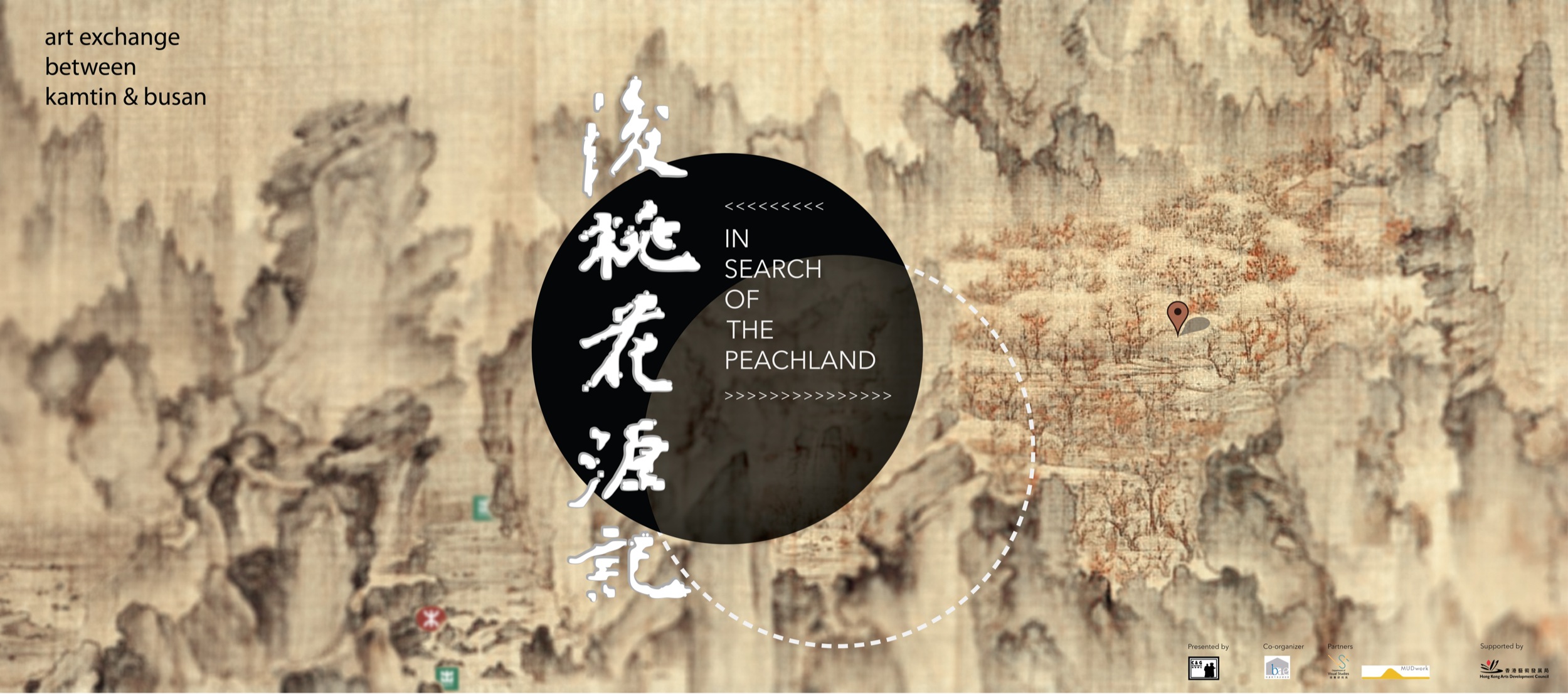
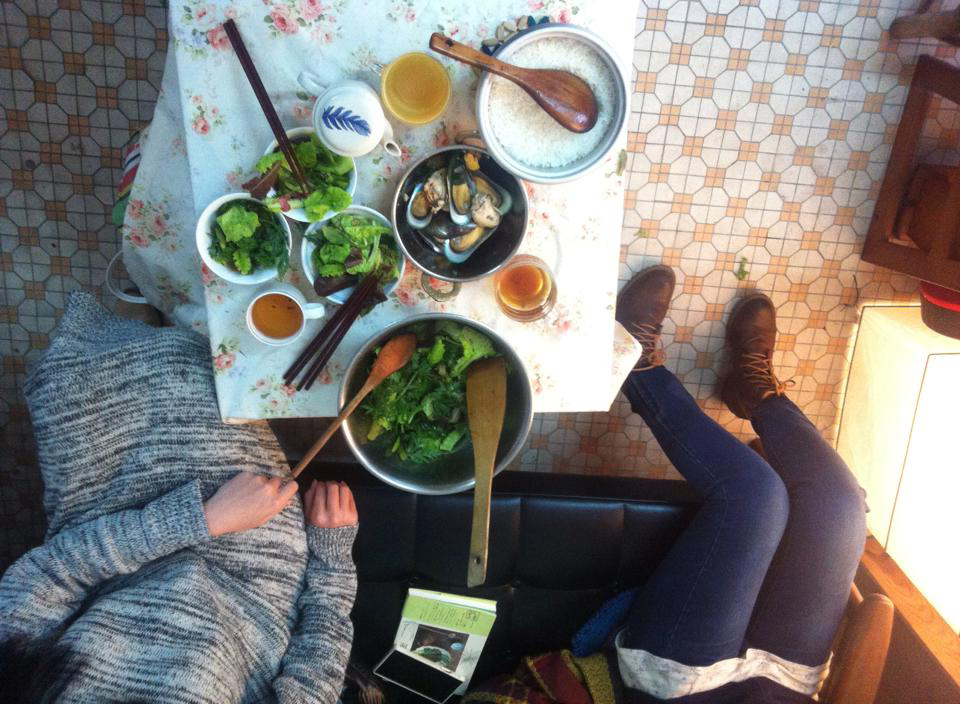
Lo Lai Lai's lunch box projectB
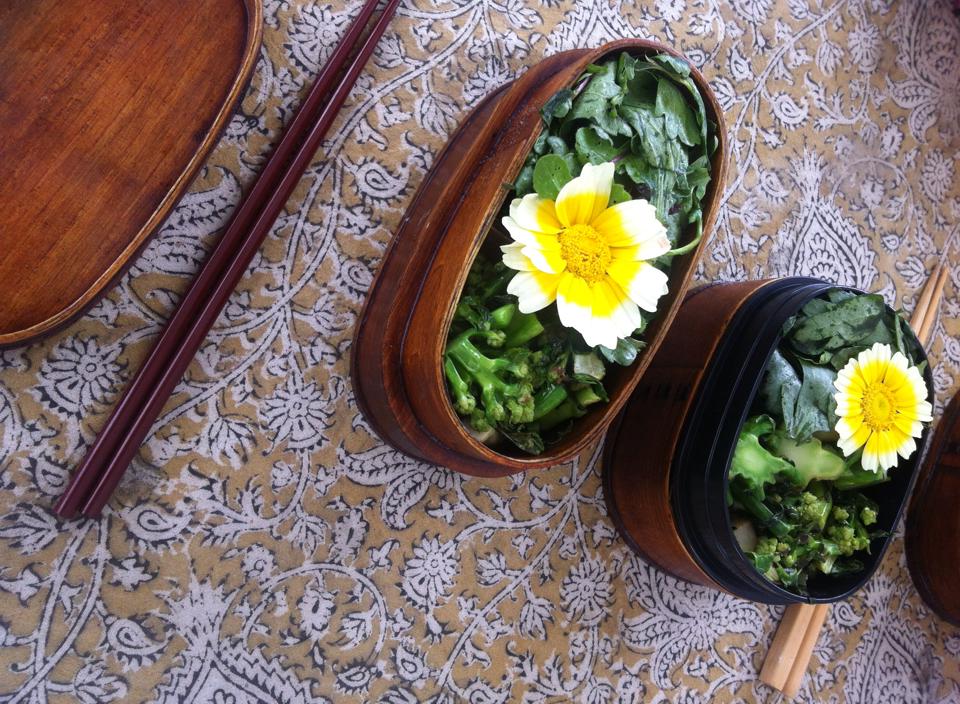
Lo Lai Lai's lunch box projectB
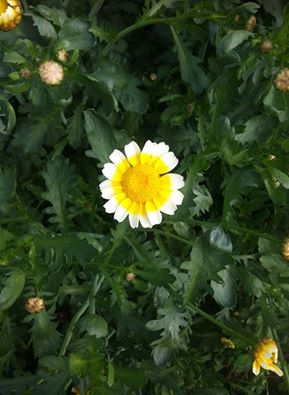
Lo Lai Lai's lunch box projectB
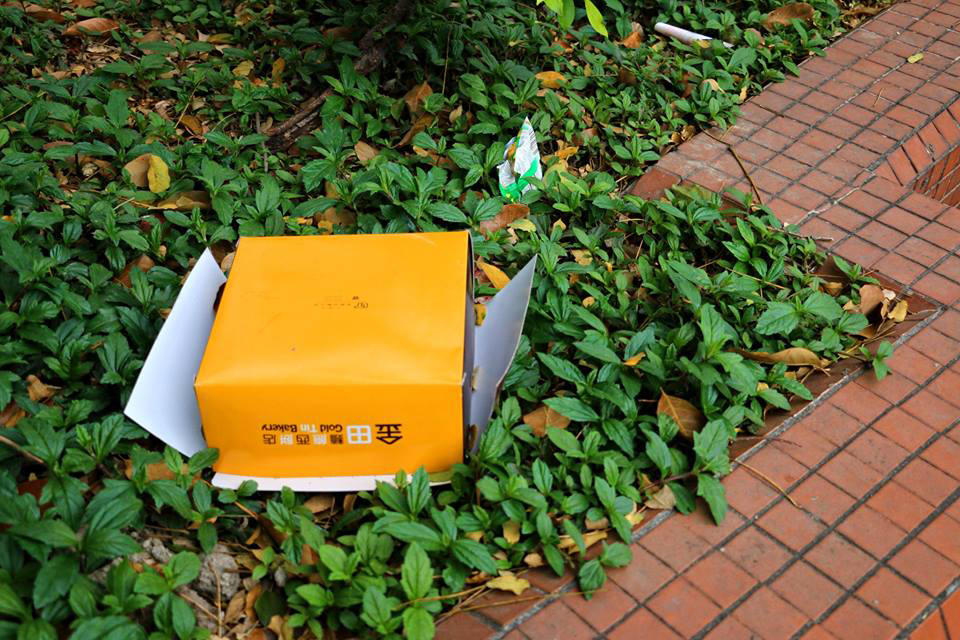
Tang & students: explore Kam Tin's boxes
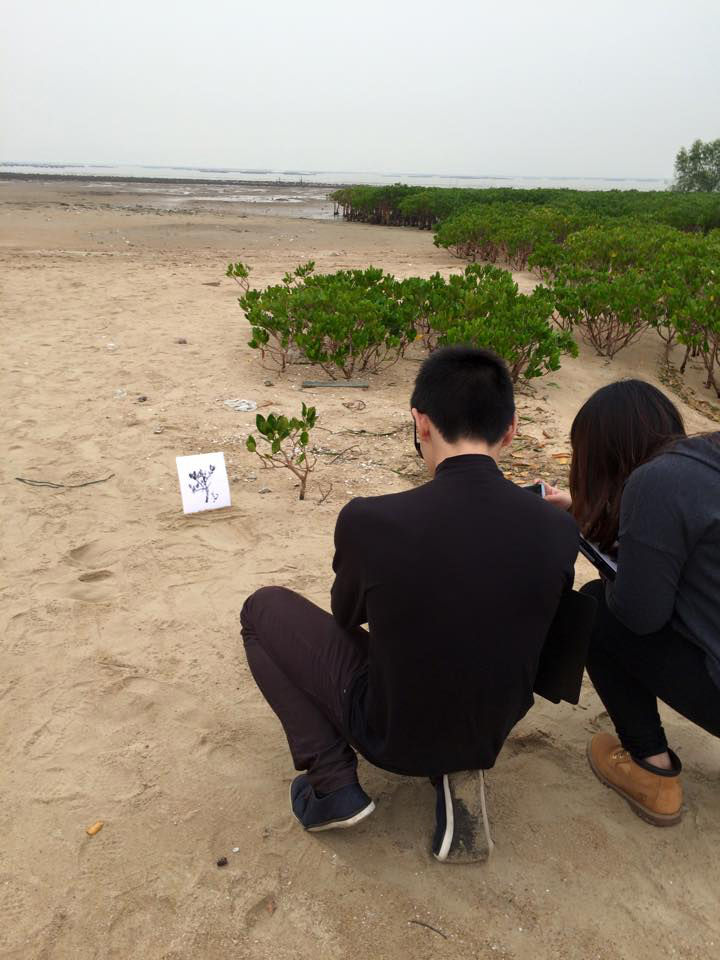
Tang and students: outdoor drawing at Ha Pak Nai, Yuen Long
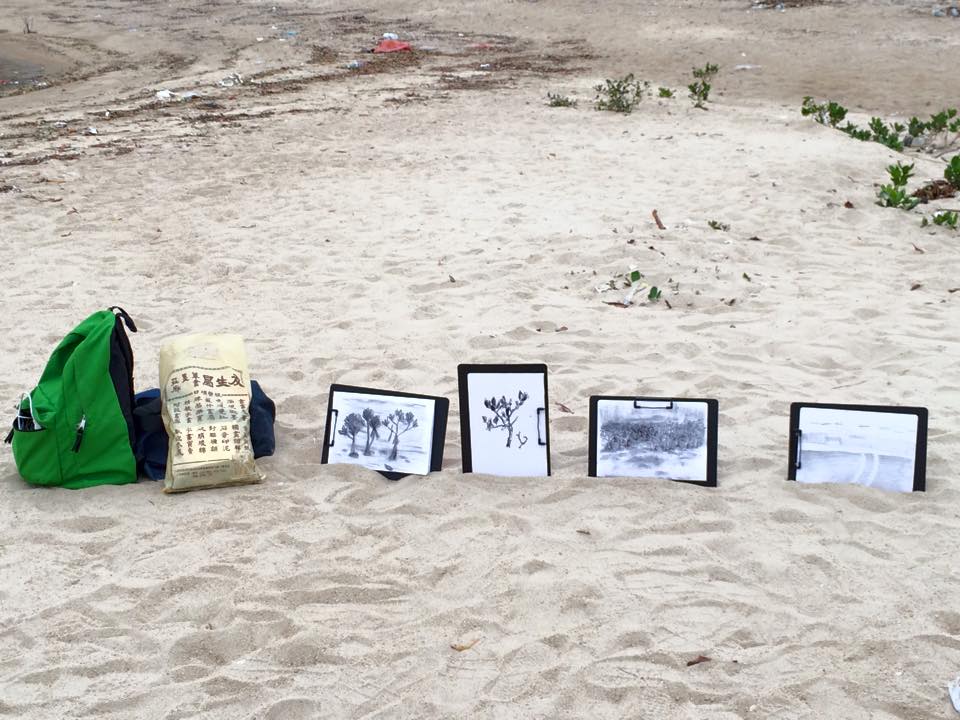
Tang and students: outdoor drawing at Ha Pak Nai, Yuen Long
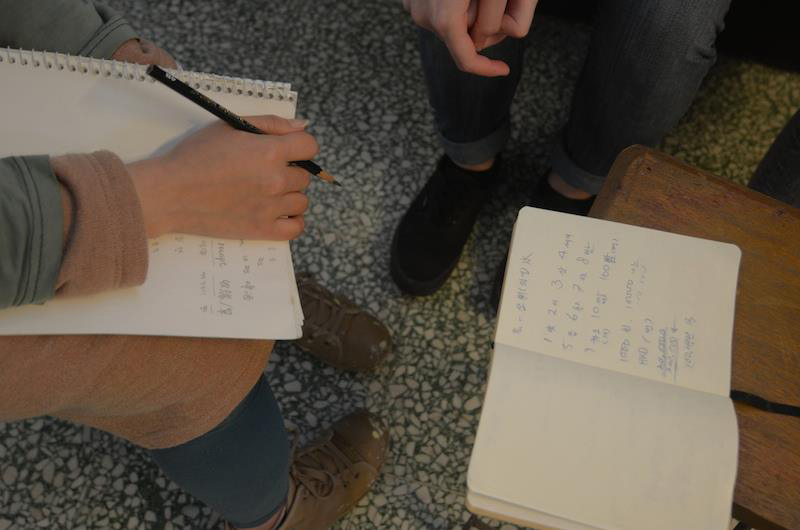
to learn Cantonese from students
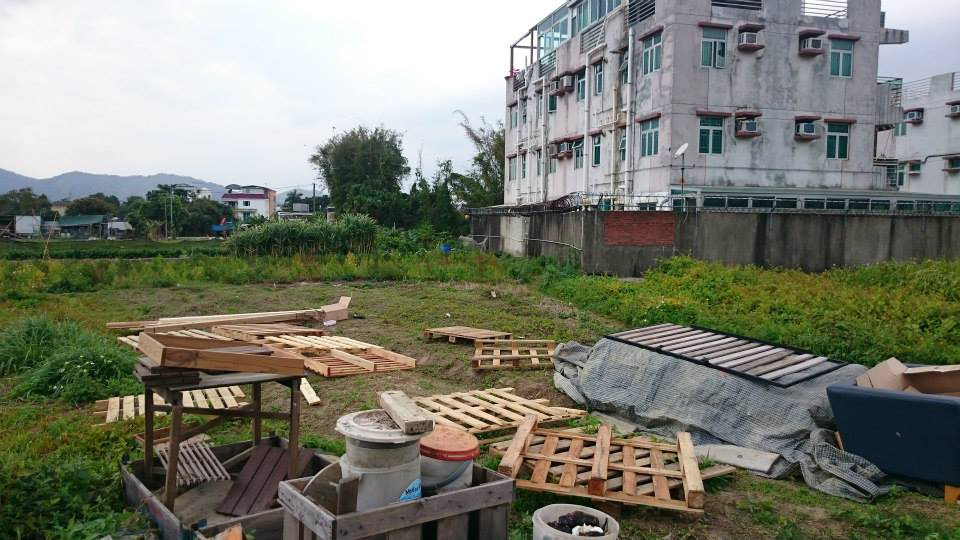
Compo Toilet Project
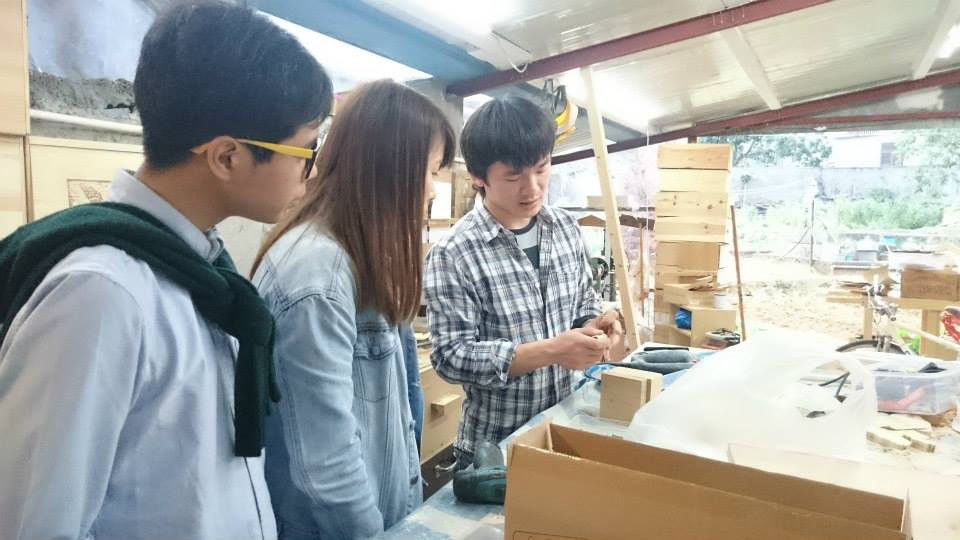
Compo Toilet Project
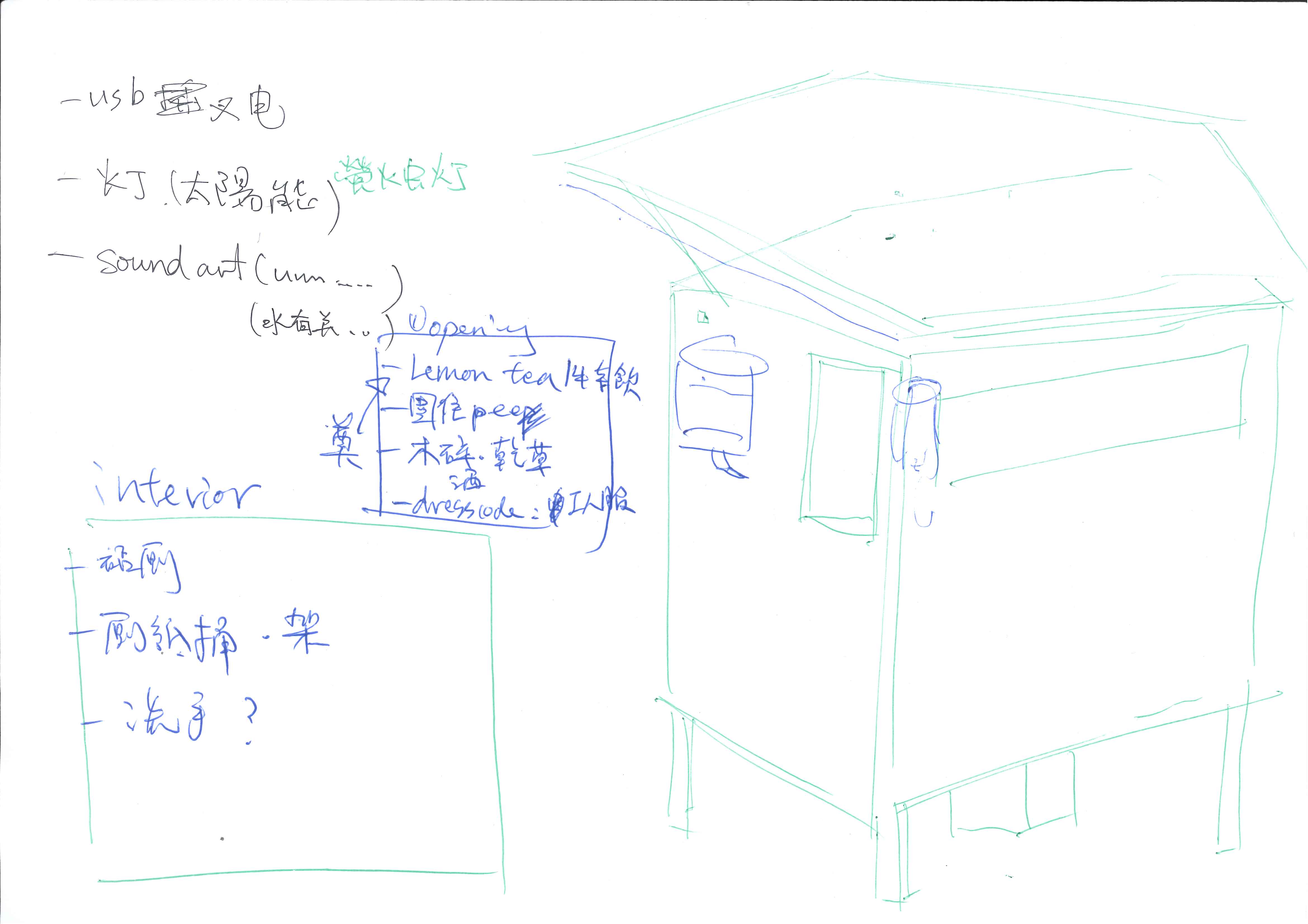
Compo Toilet Project
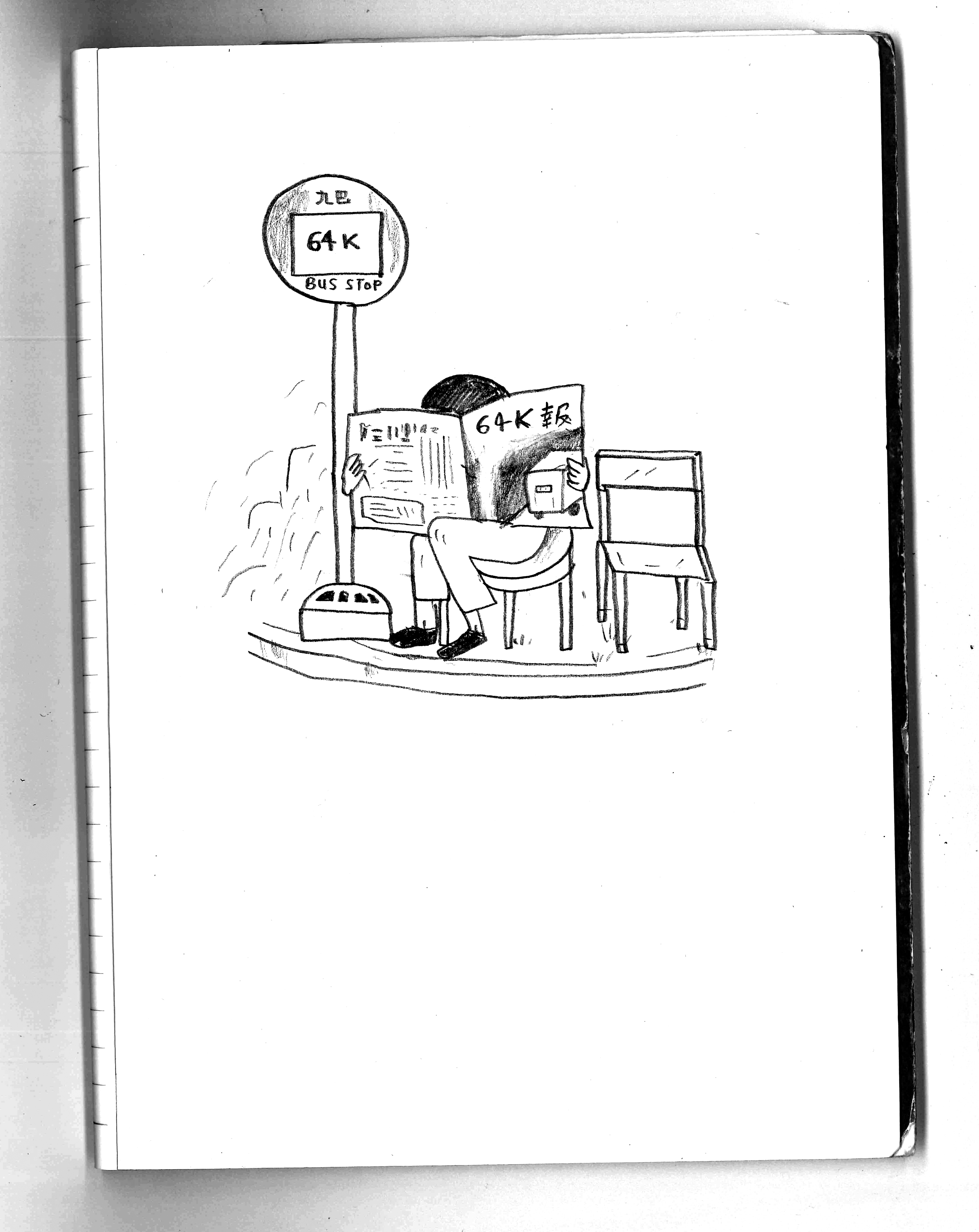
Sushan's drawings about the Kam Tin area
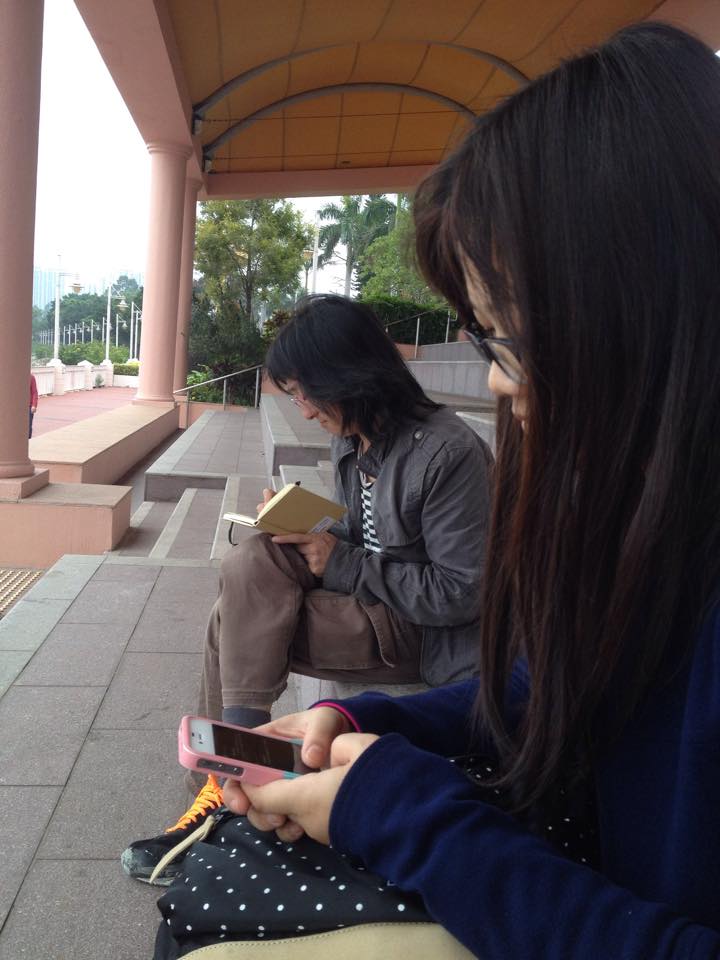
field trip to Tai Po with students
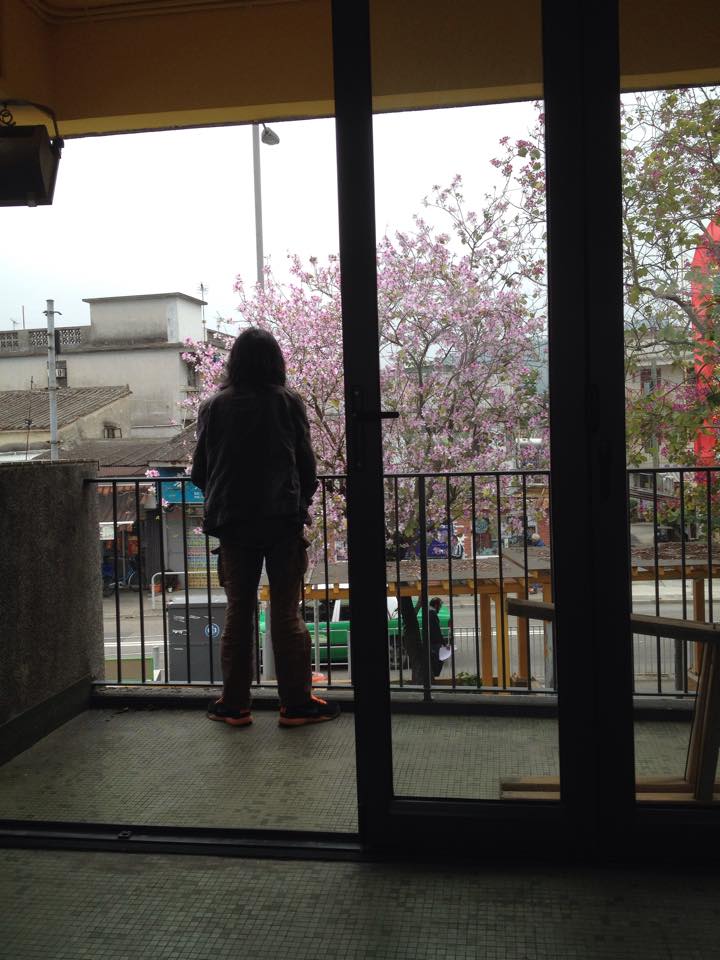
exploring different spaces in Kam Tin
